Your guide to
Investing
QC Capital focuses on acquiring large Car wash and Multifamily real estate assets and partners with accredited investors. From locating deals in target markets to underwriting the assets and conducting due diligence, QC Capital handles everything from start to finish to ensure they are operating assets to their business strategy and hitting projected returns.
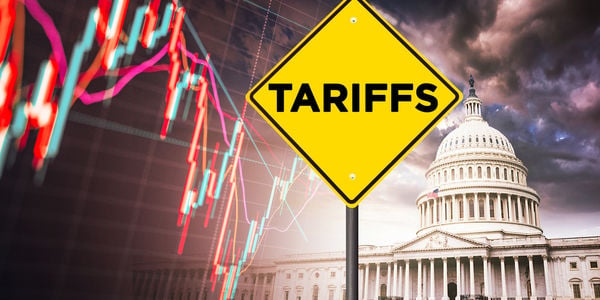
Tariffs, Inflation, and Passive Investing: Why Alternative Assets …
Global trade tensions and rising tariffs are making headlines again, with significant implications for consumers and…

Development vs. Acquisition: Which Strategy Wins in Car …
Private equity firms face a fundamental question when expanding portfolios: Should we build or buy? For…

Could Political Pressure on the Fed Disrupt Markets? …
What’s Going On Between Trump and the Fed?As the economy enters the second half of 2025,…

The 2025 Tax Law Guide for Passive Alternative …
How Car Wash and Flex Space Investors Can Maximize New Tax AdvantagesOn July 3, 2025, Congress…
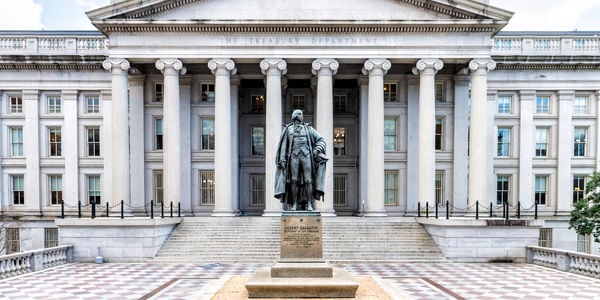
What Falling Treasury Yields Could Mean for Car …
How passive investors can make strategic moves as interest rates shiftA recent policy discussion around the…
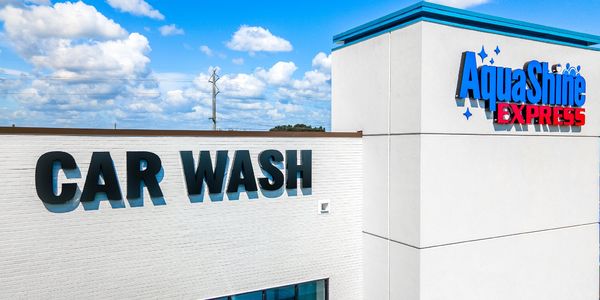
Why More Financial Professionals Are Recommending Alternative Investments …
Alternative investments are no longer a niche strategy, they’re becoming a core part of modern portfolios.A…
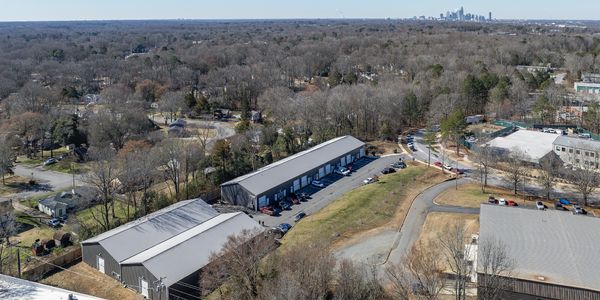
6 Myths About Flex Space Investing – Debunked …
Flex space has quickly emerged as a prominent player in commercial real estate, offering versatile workspaces…
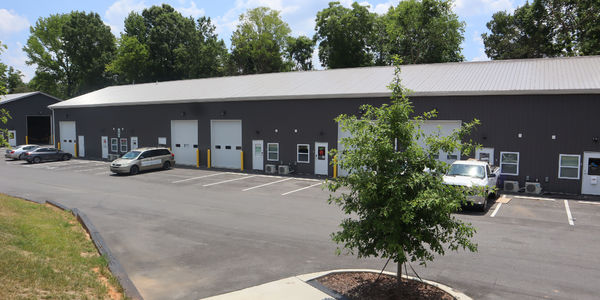
What Passive Investors Should Know About Flex Space …
Why This High-Growth Asset Class Belongs on Your WatchlistEven if you're not directly investing in flex…
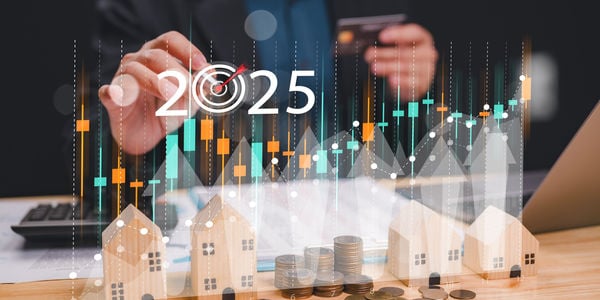
Passive Investing in 2025: Are You Overlooking Real …
Passive investing has long been the go-to strategy for investors seeking market exposure with minimal fees.…
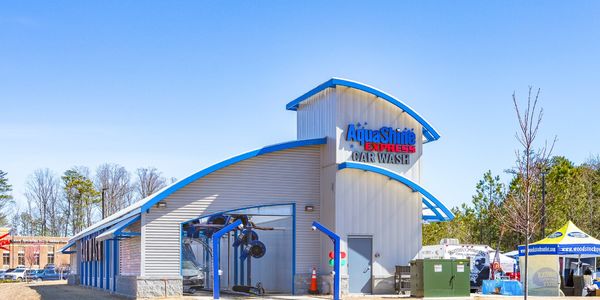
Why Passive Investors Are Flocking to Car Wash …
As we move deeper into 2025, the investment landscape is rapidly evolving. According to Deloitte’s 2025…

Flex Space Investing: Why This Emerging Asset Class …
Is Flex Space Investing the Next Big Opportunity in Alternative Real Estate?The world of commercial real…
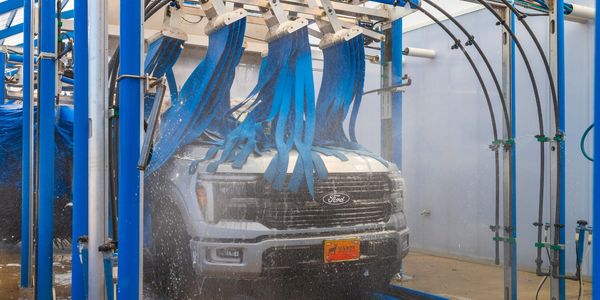
How Changing Market Trends Reflect the Opportunity in …
Across today’s investment landscape, there is a clear shift underway. Investors are increasingly moving toward assets…
Earn A Projected 12%
